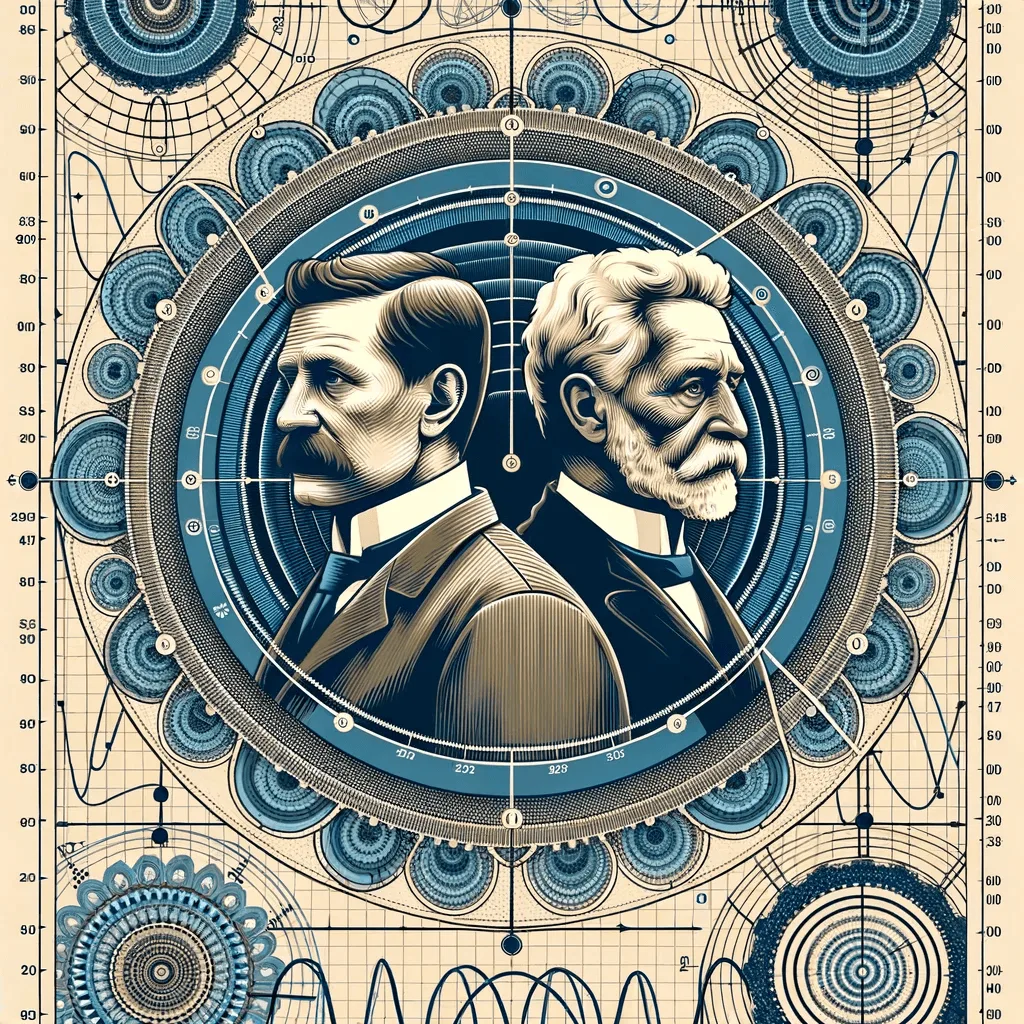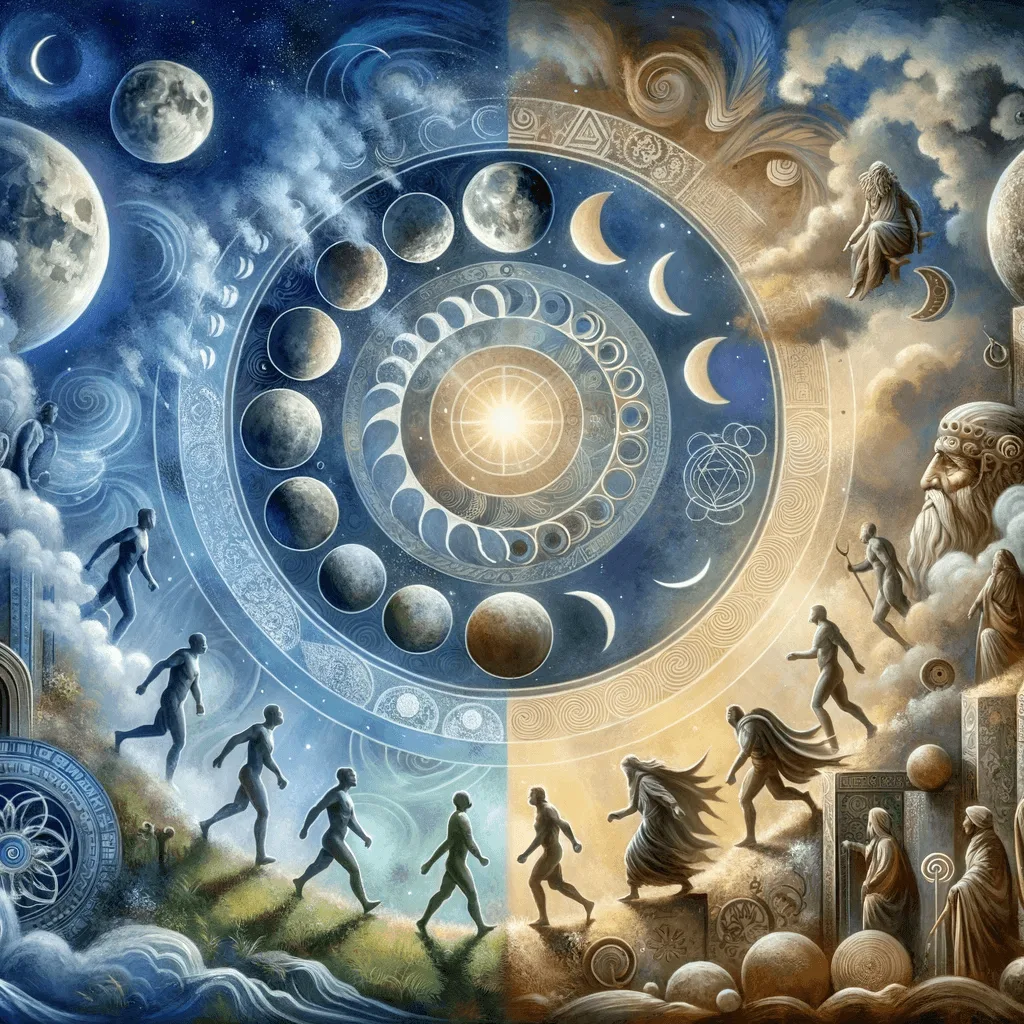
Biorhythms: Tracing The Origins Of Intrinsic Cycles
Biorhythms, with their promise of unveiling the natural cycles governing human behavior and well-being, have intrigued and captivated many over the years. But where did this concept originate? This article delves deep into the roots and evolution of the biorhythmic theory, shedding light on its historical and cultural origins.
article by Adrian Wallace
Pioneering Minds: The Initial Discoveries
The formal idea of biorhythms emerged in the early 20th century, largely credited to Dr. Wilhelm Fliess and Hermann Swoboda. Both, working independently, observed recurring patterns in human behaviors and physical conditions. Their foundational work laid the groundwork for what would later be recognized as biorhythmic cycles.

Ancient Observations: The Predecessors Of Biorhythms
While the term "biorhythm" is relatively modern, the concept of natural, recurring cycles in human life can be traced back to ancient civilizations. Ancient cultures, from the Greeks to the Chinese, recognized patterns in human behavior, emotions, and health, often linking them to lunar cycles, seasons, and other natural phenomena.
The Core Cycles: Defining the Rhythms
The biorhythmic theory, as formalized in the 20th century, identified three primary cycles:
- Physical Cycle (23 days): Governing energy levels, strength, and overall physical vitality.
- Emotional Cycle (28 days): Influencing moods, feelings, and emotional sensitivity.
- Intellectual Cycle (33 days): Steering cognitive functions, alertness, and intellectual capabilities.
The durations of these cycles were determined based on empirical observations and statistical analyses.

Scientific Scrutiny: The Quest For Validation
With the formalization of biorhythmic theory came a wave of scientific interest. Researchers and scientists embarked on studies to validate (or debunk) the claims. Over the decades, biorhythms have faced both support and skepticism from the scientific community, leading to rich debates and further investigations.
 depicted with muscular icons, Emotional (28 days) with he.webp)
Modern Revival: The Digital Era's Embrace
The digital age brought a renewed interest in biorhythms. With the proliferation of wellness apps and platforms, biorhythmic calculations and charts became easily accessible to the masses. Today, many turn to these digital tools for insights into their natural cycles, seeking guidance in personal and professional domains.

The origins of biorhythms, rooted in both ancient observations and modern scientific investigations, showcase humanity's enduring fascination with patterns and cycles. As we continue to explore the intricate tapestry of human existence, biorhythms stand as a testament to our quest for understanding, connection, and harmony with nature's rhythms.
Published: 10/25/2023
Modified: 10/25/2023
More predictions
Come back here soon to learn more about yourself and your future


Biorhythms: Impacts In Contemporary Life
Biorhythms, the concept that human life is influenced by natural, rhythmic cycles, have piqued human interest for decades. But beyond the theory and calculations, how are biorhythms practically applied in today's world? This article explores the myriad ways biorhythms are utilized and their significance in modern life.


Foundations Of Biorhythms: Unearthing The Origins
Biorhythms, a term that has intrigued many over the decades, encapsulates the idea that our lives are influenced by intrinsic rhythmic cycles. But where did this concept originate, and upon what principles is it grounded? Delving into its roots offers a glimpse into its fascinating history and foundational theories.


Biorhythms: Tracing The Origins Of Intrinsic Cycles
Biorhythms, with their promise of unveiling the natural cycles governing human behavior and well-being, have intrigued and captivated many over the years. But where did this concept originate? This article delves deep into the roots and evolution of the biorhythmic theory, shedding light on its historical and cultural origins.